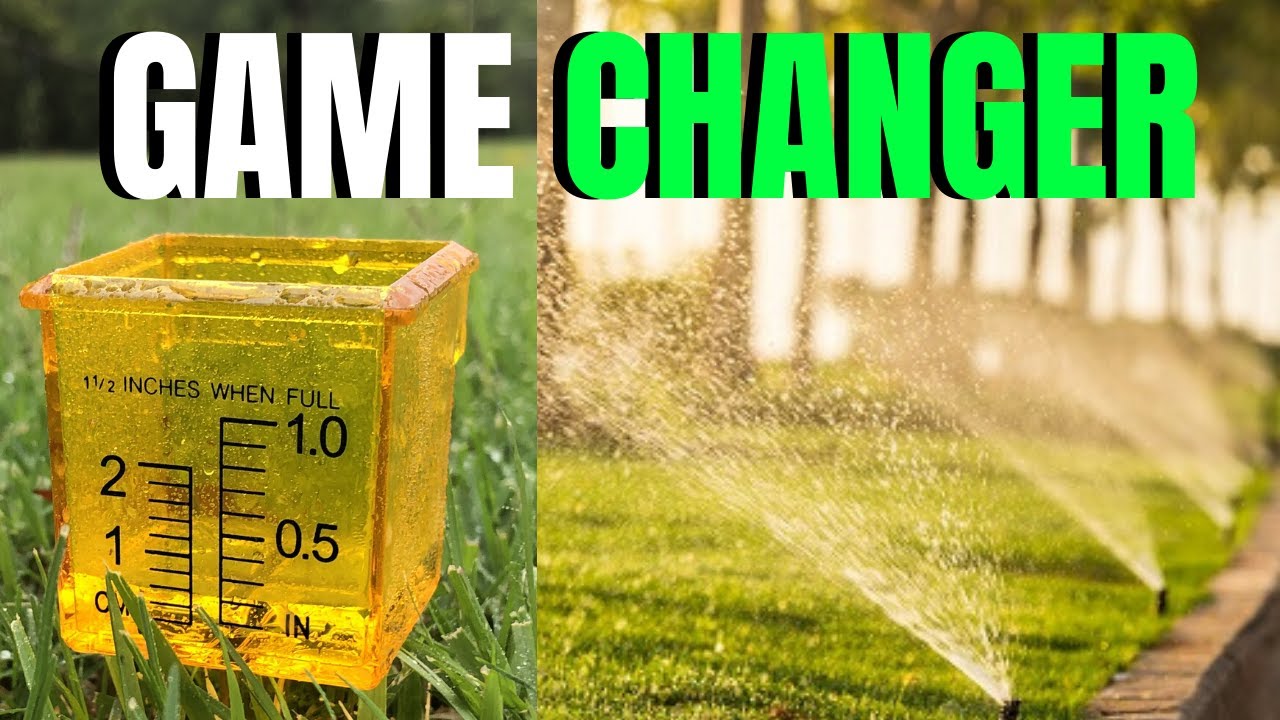To measure sprinkler output, place empty containers of known volume within the spray pattern and run the sprinkler for a set time. Measure the amount of water collected in each container and calculate the average output per minute.
Sprinklers are an important tool for maintaining healthy lawns and gardens, but it’s crucial to ensure they are providing the right amount of water. Knowing your sprinkler’s output can help you determine precise watering schedules and prevent over or under-watering.
Luckily, measuring sprinkler output is a simple process that can be done using readily available tools. We will discuss a straightforward method to measure sprinkler output, allowing you to efficiently manage the irrigation of your landscape. By accurately measuring the amount of water your sprinkler emits, you can promote plant health while conserving water and saving money on your water bill.
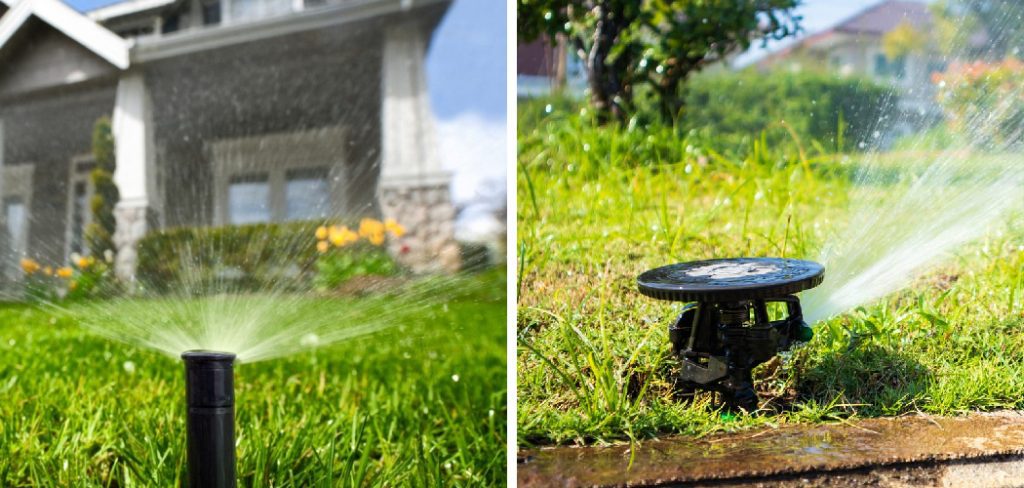
Importance Of Measuring Sprinkler Output
Measuring sprinkler output is of utmost importance as it ensures efficient water usage. Without accurate measurements, there is a risk of under or overwatering your plants. To avoid such issues, it is essential to monitor and regulate the amount of water being sprinkled.
By doing so, you can prevent water wastage and ensure optimal growth for your plants. Monitoring sprinkler output also helps in identifying any potential issues with the system, such as clogged or malfunctioning sprinkler heads. Regularly measuring the output allows you to make necessary adjustments and maintain a healthy balance of water distribution.
So, take the time to measure your sprinkler output and enjoy the benefits of efficient water usage for your garden.
Factors Affecting Sprinkler Output
Factors affecting sprinkler output include water pressure, nozzle size, and sprinkler head design. Water pressure directly impacts the amount of water flow from the sprinkler. If the pressure is too low, the output may be insufficient for adequate coverage. Nozzle size also plays a crucial role in determining the output.
Smaller nozzles generally produce a narrower flux but at a higher pressure, while larger nozzles produce a wider spray. Additionally, the design of the sprinkler head affects the output as well. Different types of heads emit water in different patterns and distances.
Therefore, understanding and adjusting these factors is crucial for accurately measuring and optimizing sprinkler output in order to ensure proper irrigation and water efficiency.
Step-By-Step Guide To Measure Sprinkler Output
To measure sprinkler output, start by gathering the necessary tools and equipment. Then, select an area for testing. Measure the water flow rate using a rain gauge or a measuring cup/container. Adjust the sprinkler settings as needed. It is important to follow these steps carefully to accurately measure the sprinkler output.
By doing so, you can ensure that your sprinkler system is delivering the right amount of water to your lawn or garden. With the proper measurement, you can make any necessary adjustments to improve the efficiency and effectiveness of your sprinkler system.
Remember to regularly monitor and measure the sprinkler output to maintain optimal water distribution and avoid wastage.
Troubleshooting Common Issues With Sprinkler Output
Is your sprinkler system not working as efficiently as it should? One common issue is low water pressure, which can lead to inadequate watering. Uneven water distribution is another problem that affects the performance of your sprinklers. This can result in dry patches on your lawn or excessive watering in certain areas.
Clogged nozzles are also a frequent culprit, restricting the flow of water and causing uneven coverage. To measure your sprinkler output, start by checking the water pressure at the source and ensuring it meets the recommended levels for your system.
Then, observe the water distribution pattern to identify any unevenness or dry spots. Lastly, inspect the nozzles for any debris or blockages. Regular maintenance and troubleshooting can help keep your sprinkler system running smoothly and ensure your plants receive the proper amount of water.
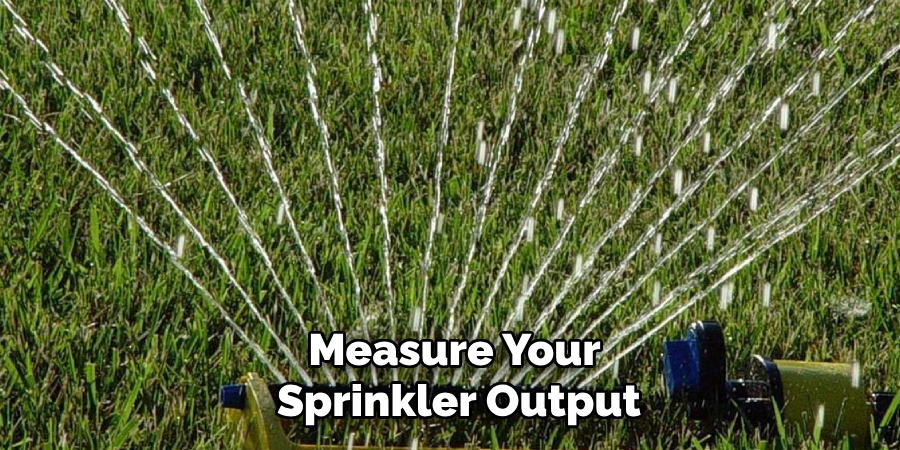
Tips For Improving Sprinkler Efficiency
Sprinkler efficiency can be improved through regular maintenance and cleaning. Clean the sprinkler heads frequently for optimal performance. Adjust the heads properly to ensure they are directing the water where it is needed. Installing pressure regulators or flow control devices can help regulate the water flow and prevent wastage.
Regularly check for any leaks or clogs in the system. Evaluate the water output by measuring the amount of water collected in a set time. This will help determine if any adjustments or repairs are needed. By following these tips, you can measure and improve the output of your sprinkler system for more effective watering.
Frequently Asked Questions On How To Measure Sprinkler Output
How Do You Measure Water Output On A Sprinkler System?
To measure water output on a sprinkler system, follow these steps. First, place a container under the sprinkler head. Then, turn on the sprinkler system to its full capacity. Next, let the sprinkler run for a specific amount of time, such as 15 minutes.
After the time is up, turn off the system and carefully collect the water from the container. Measure the amount of water collected using a measuring tool, such as a graduated cylinder or a measuring cup. Finally, calculate the water output by dividing the amount of water collected by the duration of time the sprinkler ran.
For instance, if you collected 2 liters of water over a 15-minute period, the water output would be 2 liters divided by 15 minutes, resulting in 0. 13 liters per minute.
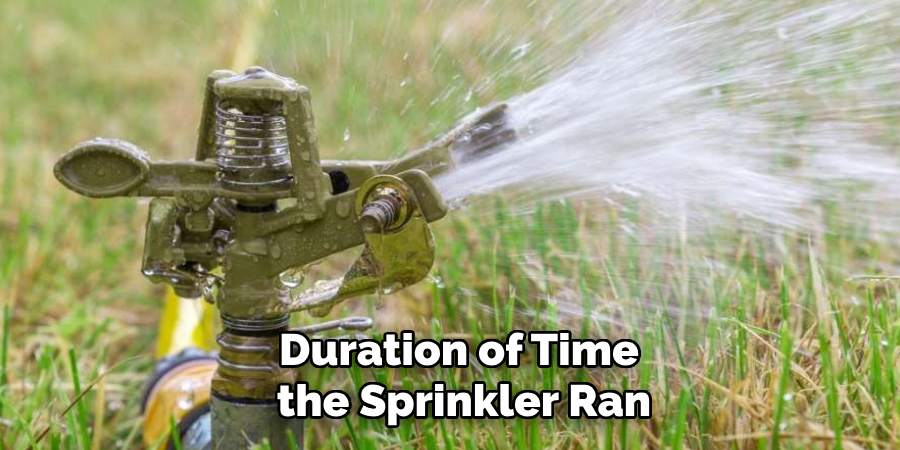
How Many Minutes Of Watering Equals One Inch?
One inch of watering equals about 96 minutes.
How Do You Measure Output After Irrigation?
Output after irrigation can be measured in several ways. One method is to use a flow meter to measure the amount of water that is applied during irrigation. This can be done by placing the flow meter at the source of the irrigation system and recording the flow rate over a specified period of time.
Another way to measure output is to use a soil moisture sensor. These sensors can be inserted into the soil and provide real-time data on the moisture levels. By comparing the moisture levels before and after irrigation, the amount of water applied can be determined.
Additionally, crop yield can be used as an indicator of output after irrigation. By measuring the weight or volume of the harvested crop, the effectiveness of irrigation can be evaluated. Overall, there are various methods available to measure the output after irrigation, including flow meters, soil moisture sensors, and crop yield monitoring.
How Much Water Does The Average Sprinkler Put Out?
On average, a sprinkler puts out about 1 to 1. 5 inches of water per hour.
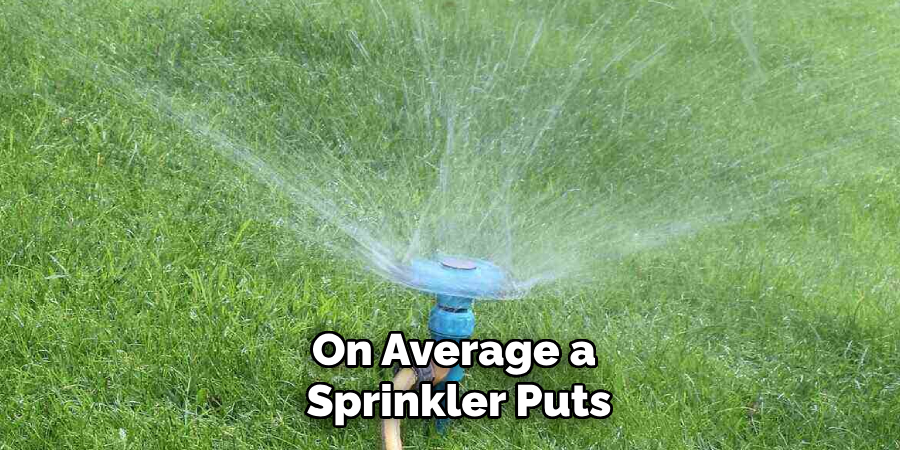
Conclusion
Measuring sprinkler output is essential for maintaining a healthy and efficient irrigation system. By understanding the amount of water your sprinklers are providing, you can adjust watering times and ensure that your plants are receiving the proper amount of moisture.
Additionally, measuring sprinkler output allows you to identify any potential issues such as clogged or malfunctioning sprinkler heads. This not only saves water but also helps to prevent overwatering, which can lead to wasted resources and plant damage. Remember to regularly check your sprinkler output to ensure optimal watering conditions and consider using a catch cup or rain gauge to accurately measure the water your sprinklers emit.
By following these simple measurement techniques, you can maintain a beautiful and thriving landscape while conserving water and promoting environmental sustainability.

